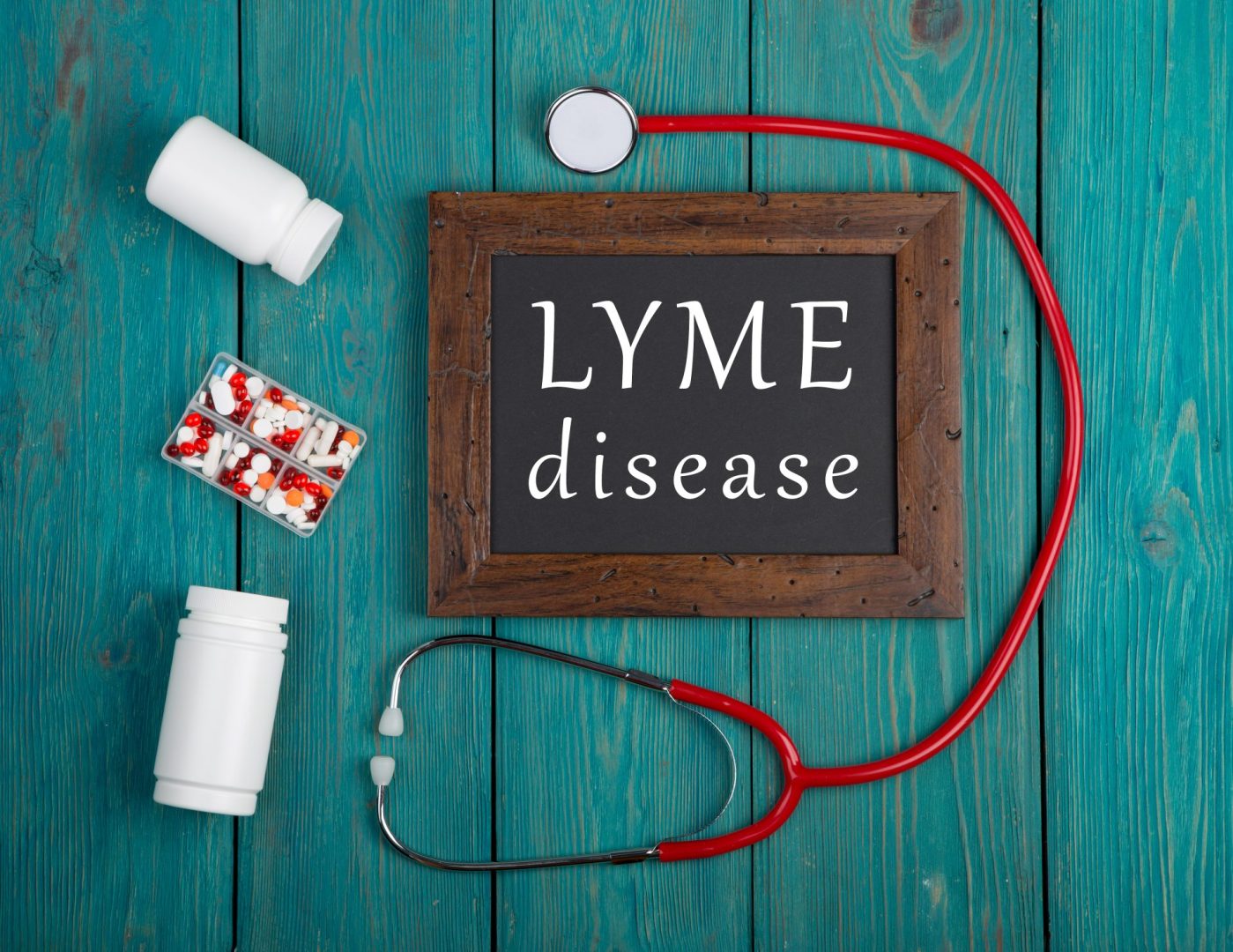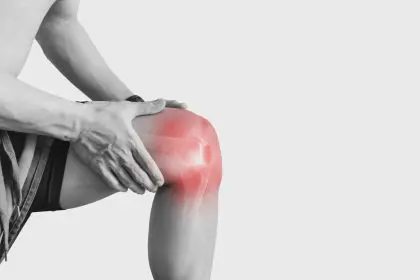Lyme disease has emerged as the most common vector-borne illness in the United States, with cases steadily climbing over the past decade. As spring and summer outdoor activities increase nationwide, so does the risk of encountering the tiny ticks responsible for transmitting this potentially debilitating condition. Understanding the early warning signs can mean the difference between a quick recovery and years of chronic health issues.
The invisible epidemic spreading across America
What began as a mysterious cluster of arthritis cases in Lyme, Connecticut in the 1970s has evolved into a recognized public health concern affecting approximately 476,000 Americans annually. While traditionally associated with the Northeast and upper Midwest, Lyme disease has expanded its geographical footprint significantly, with cases now reported in all 50 states.
The black-legged tick (Ixodes scapularis) and western black-legged tick (Ixodes pacificus) serve as the primary vectors, transmitting the Borrelia burgdorferi bacteria through their bite. These ticks, often no larger than a poppy seed in their nymphal stage, typically attach to humans during outdoor activities in wooded or grassy areas.
Climate change has contributed to the expansion of tick habitats, with milder winters and extended springs and falls allowing tick populations to thrive in previously inhospitable regions. This environmental shift has created new risk zones where residents may lack awareness about prevention and symptoms.
How the disease progresses through distinct phases
Lyme disease typically manifests in three stages when left untreated, each with escalating severity and increasingly widespread effects on the body’s systems. Understanding this progression reveals why early detection remains crucial.
During the initial stage, occurring within the first month after infection, the body reveals the first indications of bacterial invasion. The immune system attempts to contain the infection, leading to localized symptoms near the bite site. Without intervention, the bacteria disseminate through the bloodstream during the second stage, occurring weeks to months later, affecting multiple body systems and creating a constellation of seemingly unrelated symptoms.
If the infection continues unaddressed for months or years, late-stage Lyme disease develops. At this point, the bacteria have established persistent colonies throughout the body, causing inflammatory responses in joints, nerves, and even cardiac tissue. This chronic phase proves significantly more difficult to treat effectively.
The 7 crucial symptoms everyone should know
- The telltale rash appears in most cases
The erythema migrans (EM) rash serves as the most distinctive early indicator, developing in approximately 70-80% of infected individuals. Unlike common bug bites, this rash typically emerges 3-30 days after the tick bite and expands gradually over several days, often reaching several inches in diameter.
The classic presentation resembles a “bull’s-eye” with a central clearing surrounded by a red ring, though many rashes maintain a solid red appearance. The affected area usually feels warm to the touch but rarely itches or causes pain, which can lead people to dismiss its significance.
Multiple EM rashes may appear as the bacteria spread through the bloodstream, sometimes at considerable distance from the original bite site. These secondary rashes typically lack the central clearing characteristic of the primary lesion.
- Flu-like symptoms mask the true cause
Early Lyme disease commonly manifests with generalized symptoms easily mistaken for seasonal flu or common viral infections. These include persistent fatigue that feels disproportionate to activity levels, headaches ranging from mild to severe, fever typically low-grade but potentially reaching 101°F, and chills or sweats occurring independently of ambient temperature.
Muscle aches and joint pain often migrate from one area to another, in contrast to the fixed location typical of injury-related discomfort. Swollen lymph nodes, particularly near the initial tick bite site, reflect the immune system’s response to the bacterial invasion.
The timing of these symptoms during spring and summer months, outside typical flu season, should raise suspicion, especially when accompanied by an unexplained rash or recent outdoor activities in tick-prone areas.
- Neurological complications signal serious progression
As Lyme bacteria invade the nervous system, they can trigger a spectrum of neurological manifestations ranging from mild to severe. Approximately 15% of untreated cases develop significant neurological complications.
Bell’s palsy, a temporary paralysis or weakness affecting one side of the face, represents one of the most visible manifestations of neurological Lyme disease. The condition develops when inflammation affects the facial nerve, creating an appearance similar to stroke, though Lyme-related Bell’s palsy sometimes affects both sides simultaneously.
Radiculopathy, characterized by sharp, shooting pains along nerve pathways, often intensifies at night and proves resistant to conventional pain medications. These sensations may migrate through different body regions without apparent pattern.
Cognitive issues including memory problems, difficulty concentrating, and mental “fogginess” can interfere with daily functioning. In severe cases, more serious manifestations like meningitis (inflammation of the membranes surrounding the brain and spinal cord) or encephalitis (inflammation of the brain tissue itself) may develop.
- Cardiac involvement creates hidden dangers
Lyme carditis, occurring in approximately 4-10% of untreated cases, develops when bacteria invade heart tissue, disrupting normal electrical conduction. This condition typically emerges during the early disseminated phase, weeks to months after initial infection.
The hallmark symptom involves heart block—disruption of electrical signals between the heart’s upper and lower chambers—which can manifest as lightheadedness, fainting, shortness of breath, heart palpitations, or chest pain. In severe cases, complete heart block may develop, requiring temporary cardiac pacing.
Lyme carditis represents a potentially life-threatening complication requiring immediate medical attention, yet its symptoms often get attributed to anxiety, deconditioning, or other less serious conditions, particularly in younger, otherwise healthy individuals.
- Joint pain follows distinctive patterns
Lyme arthritis, affecting approximately 60% of untreated patients, typically emerges months after initial infection. Unlike degenerative or rheumatoid arthritis, Lyme arthritis displays several distinctive characteristics that aid in identification.
The inflammation characteristically targets large joints, particularly knees, though ankles, elbows, shoulders, and hips may also become involved. The affected joints exhibit significant swelling disproportionate to pain levels, with some patients reporting minimal discomfort despite severely inflamed joints.
Another telltale pattern involves asymmetric presentation, with arthritis often affecting only one knee rather than both simultaneously. Episodes typically last weeks to months, with symptoms sometimes resolving spontaneously before recurring in the same or different joints.
Without proper treatment, this cycle of inflammation can lead to permanent joint damage, chronic pain, and mobility limitations that persist even after the infection resolves.
- Sleep disturbances persist despite adequate rest
Sleep disruption represents one of the most common yet overlooked manifestations of Lyme disease. Patients frequently report inability to fall asleep despite physical exhaustion, frequent nighttime awakenings, or unrefreshing sleep that fails to restore energy levels.
These sleep disturbances stem from multiple factors including pain, neurological inflammation, and disruption of normal circadian rhythms by the infection. The resulting sleep deficit compounds other symptoms, creating a cycle of increasing fatigue and decreased functioning.
Unlike typical insomnia, Lyme-related sleep disturbances often prove resistant to conventional sleep hygiene measures and over-the-counter sleep aids, serving as another diagnostic clue for healthcare providers.
- Psychological symptoms create diagnostic confusion
The psychological manifestations of Lyme disease frequently lead to misdiagnosis as primary psychiatric conditions. Mood changes, including irritability and emotional lability (rapid, unpredictable mood swings), often emerge during early disseminated disease.
Depression unresponsive to standard antidepressant therapy affects many Lyme patients, stemming from both biochemical changes induced by the infection and the psychological impact of chronic illness. Anxiety, sometimes reaching panic attack levels, commonly co-occurs and may intensify during herxheimer reactions (temporary symptom flares during treatment).
In more advanced cases, symptoms resembling bipolar disorder or even psychosis may develop, with patients experiencing hallucinations, paranoia, or manic episodes without previous psychiatric history. These manifestations typically resolve with appropriate antimicrobial therapy, confirming their biological rather than psychological origin.
Diagnosis challenges persist despite medical advances
Identifying Lyme disease continues to challenge healthcare systems nationwide due to several inherent difficulties. Standard blood tests measure antibody responses rather than directly detecting the bacteria, creating potential for both false negative results during early infection (when antibodies haven’t yet developed) and false positive results from past infections or cross-reactivity with other conditions.
The two-tier testing protocol recommended by health authorities involves an initial ELISA (enzyme-linked immunosorbent assay) screening followed by a confirmatory Western blot if positive. This system, while improving specificity, misses approximately 30% of early cases when antibody production remains nascent.
Newer testing methodologies including PCR (polymerase chain reaction) for direct bacterial detection and T-cell response assays offer improved sensitivity but remain primarily available through specialty laboratories rather than standard clinical settings.
The symptom overlap with numerous other conditions—including fibromyalgia, chronic fatigue syndrome, multiple sclerosis, and various autoimmune disorders—further complicates the diagnostic process, particularly in cases without the characteristic EM rash or clear tick exposure history.
Prevention offers the most reliable protection
Given the diagnostic challenges and potential for long-term complications, prevention remains the most effective strategy for combating Lyme disease. Several evidence-based approaches significantly reduce exposure risk during outdoor activities.
Proper clothing choices create physical barriers against tick attachment. Wearing long sleeves, long pants tucked into socks, closed shoes, and light-colored fabrics helps prevent ticks from accessing skin and makes them more visible during checks. Treating clothing and gear with permethrin, an insecticide that kills ticks on contact, provides additional protection lasting through several wash cycles.
Appropriate repellent use forms another crucial defense layer. Products containing DEET, picaridin, IR3535, or oil of lemon eucalyptus effectively repel ticks when applied to exposed skin according to label instructions. These repellents require periodic reapplication, particularly after swimming or heavy perspiration.
Thorough body checks after outdoor activities enable early tick removal before disease transmission occurs. Since Lyme bacteria typically require 36-48 hours of attachment to transfer from tick to human, prompt removal significantly reduces infection risk. Special attention should focus on common attachment sites including scalp, ears, armpits, groin, bellybutton, waistband area, behind knees, and between toes.
Proper tick removal technique prevents additional bacteria from entering the bite site. Using fine-tipped tweezers to grasp the tick as close to the skin’s surface as possible, then pulling upward with steady pressure, removes the tick without squeezing its body. The area should then be cleaned with rubbing alcohol or soap and water.
Yard maintenance practices reduce tick populations in residential areas. Keeping grass short, clearing leaf litter, creating wood chip or gravel barriers between wooded areas and lawns, and removing brush piles eliminates tick habitats. Strategic placement of commercially available tick tubes or professional acaricide treatments provides additional control in high-risk properties.
Treatment approaches vary with disease stage
When Lyme disease receives early diagnosis, treatment outcomes generally prove excellent. Early-stage infections typically respond well to standard oral antibiotics including doxycycline, amoxicillin, or cefuroxime administered for 10-21 days. This approach successfully eradicates the infection in approximately 90% of cases when initiated within the first few weeks.
Later-stage or complicated infections may require more aggressive intervention. Intravenous antibiotics like ceftriaxone or penicillin G deliver higher antibiotic concentrations to areas where bacteria may sequester, including the central nervous system and joint spaces. These treatments typically continue for 2-4 weeks and require careful monitoring for side effects.
Some patients experience persistent symptoms despite seemingly adequate treatment—a condition termed Post-Treatment Lyme Disease Syndrome (PTLDS). Management approaches for this condition remain controversial within the medical community, with some clinicians advocating extended antibiotic courses while others focus on symptom management and immune support.
Complementary approaches including anti-inflammatory diets, targeted supplements, physical therapy, and stress reduction techniques often provide symptomatic relief during recovery, though should complement rather than replace conventional medical care.
The complex relationship with other tick-borne diseases
Compounding the challenges of Lyme disease, infected ticks frequently carry multiple pathogens simultaneously. These co-infections, including Babesiosis, Anaplasmosis, Ehrlichiosis, and Bartonella, can produce symptoms that overlap with or exacerbate those of Lyme disease.
Babesiosis, caused by parasites infecting red blood cells, often produces malaria-like symptoms including high fevers, drenching sweats, and hemolytic anemia. Anaplasmosis and Ehrlichiosis affect white blood cells, potentially causing severe headaches, high fever, and dangerously low white blood cell counts. Bartonella infection can trigger inflammation of blood vessel linings, lymph node swelling, and distinctive rashes.
These co-infections may require different treatment approaches than Lyme disease alone, explaining why some patients fail to improve with standard Lyme therapy. Testing for these additional infections becomes particularly important in cases with atypical symptoms or poor response to initial treatment.

















